The case for a thoughtful approach to CTO and minimally invasive options for CABG
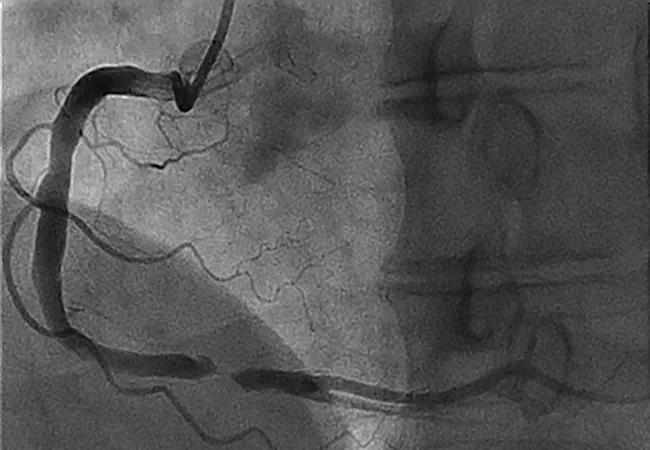
When a patient with coronary artery disease (CAD) is referred for specialty care, it’s typical to assume that they are seeking out coronary artery bypass graft surgery (CABG), perhaps for challenging anatomy or a minimally invasive approach.
Advertisement
Cleveland Clinic is a non-profit academic medical center. Advertising on our site helps support our mission. We do not endorse non-Cleveland Clinic products or services. Policy
The reality, however, is that an innovative, high-volume heart program like Cleveland Clinic’s can and does offer distinctive care options for patients at all stages of CAD, including long before they may need revascularization.
This article is the third part of a three-part series that shares examples of expert caregiving at all stages of CAD and for less-common forms of CAD. Part 1 focuses on noninvasive functional testing for obstructive CAD, and part 2 addresses the care of special patient populations. This third installment covers what often comes to mind with talk of referral for CAD — revascularization. It specifically addresses Cleveland Clinic’s distinctive approach to management of chronic total occlusion as well as its ever-evolving approaches to CABG, from a robust commitment to multiarterial grafting to a growing collection of minimally invasive options.
For many patients with chronic total occlusion (CTO) in the coronary circulation, percutaneous coronary intervention (PCI) is a good but often challenging option. As a result, only a small share of patients with CTOs undergo PCI, and rates of technical success (< 30% stenosis with TIMI 3 flow) are low — about 50% to 70% nationally, compared with about 95% for non-CTO PCI.
At expert centers, those rates can be considerably higher. “At Cleveland Clinic, our technical success rate for CTO PCI is 87% on the first attempt and 94% overall,” says Laura Young, MD, a cardiologist in the Section of Interventional Cardiology. She and colleague Jaikirshan Khatri, MD, have performed all CTO PCIs at Cleveland Clinic Main Campus in recent years, which number from 130 to 150 annually.
Advertisement
“By concentrating that considerable volume among a couple of interventionalists, we’ve developed a high level of technical expertise to ensure that cases are done effectively and safely,” Dr. Khatri says. He notes that Cleveland Clinic’s 2.1% incidence of in-hospital major adverse cardiac events compares well with the rate in the global PROGRESS CTO registry, in which Cleveland Clinic participates. He also attributes avoidance of complications to his team’s high utilization of biradial access for CTO PCI, which reduces the risk of serious bleeds, facilitates early ambulation and reduces radiation exposure.
Beyond the concentrated expertise for CTO PCI, the team-based approach of Cleveland Clinic’s CTO program is a point of distinction, according to Dr. Young. “We have the depth and breadth of expertise among our general cardiologists, cardiovascular imaging specialists, interventionalists and cardiac surgeons to advise patients on when to defer treatment, go for CTO intervention or go for surgery with open sternotomy or a minimally invasive operation,” she says. “This experience is complemented by Cleveland Clinic’s group practice model in which no staff are reimbursed based on personal procedural volumes. That aligns incentives with what’s best for the patient.”
This team-based approach means that expert cardiac surgeons and critical care specialists are readily available to help rescue patients who may encounter a serious complication during a PCI attempt. It also means that many patients with CTO can be successfully managed for years with medical therapy alone.
Advertisement
“Many patients come to Cleveland Clinic after a CTO is discovered as an incidental finding,” Dr. Khatri says. “They’ve been told something needs to be done about it and are concerned about their prognosis. However, if these patients are asymptomatic and don’t have significant disease along the left main coronary artery, some can do quite well for up to five or six years with medical management and monitoring alone. If they develop symptoms, we reevaluate their care and can offer PCI or surgery if indicated. It can be a dynamic situation that requires some confidence to lean on the literature and our experience base to defer treatment when it’s not yet appropriate.”
When more than medical therapy is needed but conventional revascularization isn’t viable, Cleveland Clinic can offer appropriate patients with CTO access to clinical trials to manage refractory angina. These include the multicenter COSIRA-II trial of an investigational coronary sinus reducing device that’s been commercially available in Europe since 2015. The hourglass-shaped device is placed percutaneously in the coronary sinus to redirect blood flow and thereby reduce angina. Cleveland Clinic is the top-enrolling center in this randomized, sham-controlled trial.
Cleveland Clinic also participated in the EXACT trial that assessed intramyocardial injection of a recombinant vascular endothelial growth factor to induce therapeutic angiogenesis in patients with refractory angina. Now completed, the trial yielded promising findings, so the therapy’s developer is starting a new study in which the growth factor is injected in the heart percutaneously. “We are exploring participation in this new study as well,” Dr. Young says.
Advertisement
“We’re equipped to help patients with CTO and angina regardless of disease stage,” she concludes. “We can monitor them until symptoms develop. We can explore operating on or stenting the artery. We can consider whether they’re candidates for a trial of a novel therapy. We have the expertise to present a whole gamut of possibilities.”
Despite all the promising approaches for earlier and less invasive management outlined above, some patients with CAD will ultimately still need CABG or a related form of surgical revascularization.
Since completing the world’s first successful series of coronary vein graft surgeries in 1967, Cleveland Clinic has remained in the vanguard in this realm. It now performs 1,000 isolated CABG operations annually, including many reoperations and other cases referred from other cardiac centers because of their high risk and complexity. Despite this significant risk and acuity, Cleveland Clinic’s overall operative mortality rate for isolated CABG approaches 0.5%. “This is less than half the rate predicted by the Society of Thoracic Surgeons (STS) risk model,” notes Faisal Bakaeen, MD, Director of Cleveland Clinic’s Coronary Artery Bypass Surgery Center. “The morbidity rate is also very low, which gives our CABG program a high score and three-star rating in the STS Adult Cardiac Surgery Database.”
To supplement these strong short-term results with the best possible long-term outcomes, the Cleveland Clinic CABG team uses multiple arterial conduits for all important target coronary vessels whenever possible. As a result, 34% of CABG cases at Cleveland Clinic involve multiarterial grafts. “This is three times higher than the STS benchmark despite the significant complexity of our patient mix,” Dr. Bakaeen says.
Advertisement
“We use bilateral ITAs [internal thoracic artery grafts] and radial artery grafts very frequently,” adds Kenneth McCurry, MD, another surgeon on the CABG team. “This is consistent with guideline recommendations and has been shown, by us and others, to be associated with longer patient survival. We can often safely use bilateral ITAs on patients well into their 60s and 70s, which many centers consider too risky to attempt.”

The program readily takes on other forms of case complexity as well, including performing CABG in selected patients with failing hearts by using preemptive advanced mechanical circulatory support to reduce the risk of postcardiotomy cardiogenic shock. The team also has deep experience performing CABG in patients with multiple previous coronary stents or other challenges, such as poor vessel targets. And its expertise in reoperative CABG is unsurpassed, with reoperations representing 9% to 11% of its overall CABG procedures in recent years. “Many of our redo CABG patients have been declined elsewhere,” Dr. McCurry notes.
The team is committed to offering patients CABG via the least invasive operation possible, for quicker recovery and smaller scars. One option is minimally invasive direct coronary artery bypass (MIDCAB), a sternal-sparing, typically off-pump approach in which a small incision is made between the ribs, after which long instrumentation and special retraction devices are used to place the left ITA as the bypass graft to the left anterior descending artery (LAD). This MIDCAB approach is also offered as part of hybrid revascularization for patients who additionally need to undergo stenting for lesions in non-LAD vessels not readily accessible via mini-thoracotomy.

Now the Cleveland Clinic team also can offer selected patients MIDCAB with robotic assistance, which typically allows for an even smaller incision and perhaps even faster and less painful recovery. “We have been doing two to four robotically assisted CABG procedures per month,” says Dr. Bakaeen, “but that number is quickly rising as the robotic technology allows us to expand the patient pool and we undertake more robotically assisted hybrid procedures. Patients appreciate the cosmetic results and quicker return to full activity.”
Advertisement

Launch of the tool promises to reshape quality assessment across the specialty
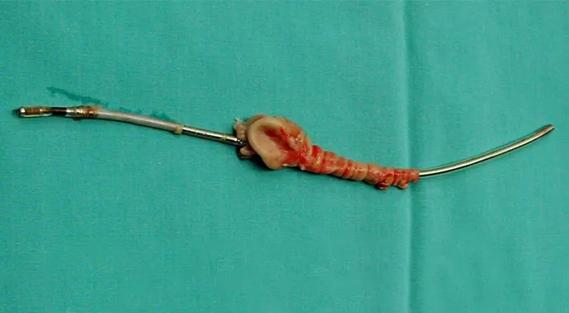
Lead dwell time and manufacturer emerge as independent predictors of success in registry study

How the tool could help physicians alter management in real time
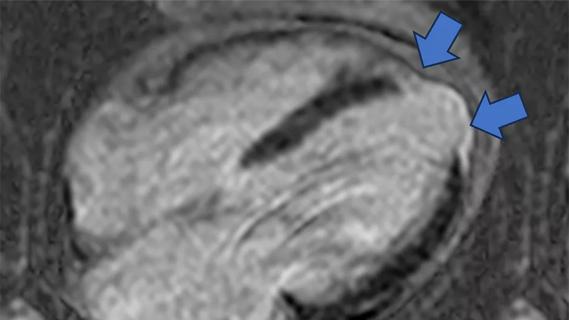
Technique may lay groundwork for personalized decision-making in procedural intervention
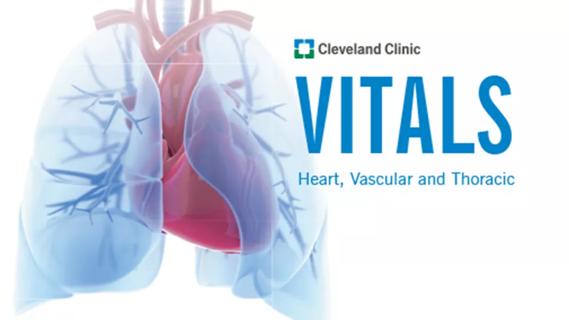
Check out our latest volume and outcomes data in these key areas
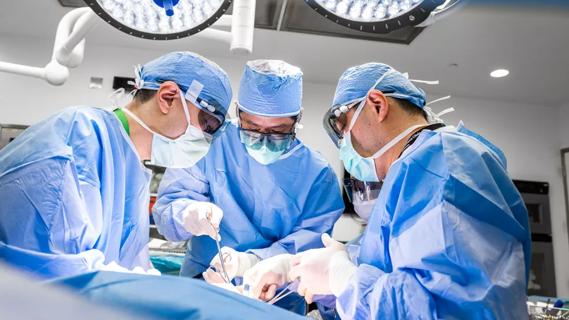
New research indicates feasibility and helps identify which patients could benefit

Check out our latest volumes and outcomes data

Findings promise potential wireless option for majority of patients who need pacing